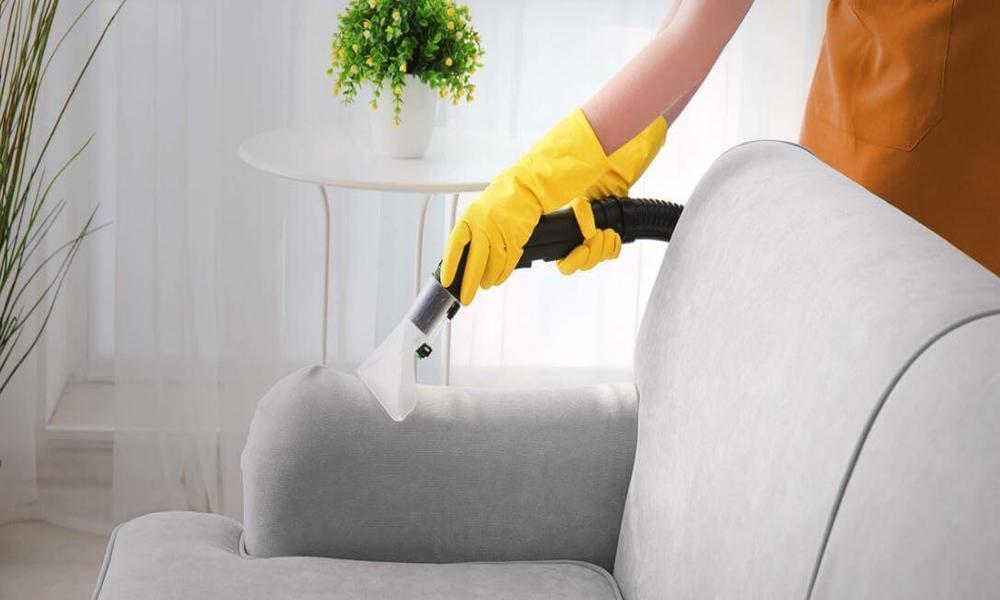Concrete overlays are everywhere, and the majority preferred this type, but things are changing now. When the concrete slab gets old and dull, you don’t have to break it up and replace it; you can always do a decorative coating over it. And it started with the introduction of polymer overlays to the industry.
When it comes to overlays, people can choose between cement and polymer. But which one is better? Also, there are several concrete polymer overlay specialists in town, and they can do both of these works. So, which type of overlay would you prefer?
So if you want to do an overlay on your property and are confused about which type you should choose, the article will help you decide. So the following is the difference between cement and polymer overlays, and later the key things you must understand about polymer overlays.
Cement Overlays vs. Polymer Overlays
When you have the cement-based overlay, it offers great looks and performance. It covers the floor like the paint covers the walls and always protects it. Besides, it is durable, and only poor application can lead to breakage and bad performance after a few months. Meanwhile, the concrete overlay has a thickness between 1/4 to 2 inches.
Now, polymer overlays can do all these; plus, they are popular because they stick to the concrete slabs and blocks the damage from UV rays. It also protects the floor from chemicals, abrasion, heat/cold, and salt. And these qualities make polymer overlays a bit more popular than concrete overlays.
So, there are some key points one must know about polymer overlays. And only then can you hire some concrete polymer overlay specialists and discuss these things with them. So now, let’s look at the key features.
Special Features of Polymer Overlays
Serves Both Functional and Decorative Purposes
Initially, people had just the concrete overlay option. Hence, they had to do the same overlay everywhere, and it looked the same. And as the job was very taxing and took an extended period, people weren’t interested in designs or decorations. Even signs on the floor were done later by paint.
But, the polymer overlays are not just functional; they can also be used to give a unique design to the floor. Polymer overlays also help restore the aging concrete floor to look like new and fill cracks and other types of damage.
Polymer Overlays Are Way Thinner Than the Other Types
Concrete overlays were popular back in the day and were considered the best option for the floor. And as it didn’t contain polymer addictives, it had to be thicker to work properly. But, even after being so thick, they tend to break after some time.
Now, when the contractors started implementing overlay blends that included polymer resin, it became a hit. The polymer overlays had strength and flexibility, which helped the contractors more. In addition, the thickness was less as it could hold on to itself and didn’t break because of its strong adhesive quality. As such, the average thickness of these overlays was 1/4 inch, and it was enough for all kinds of floors and pavements.
Polymer overlays helped revolutionize the world of concrete floors and gave contractors a better way to maintain and restore the floors. Its flexibility and durability are way better than the other overlays, which makes it the first option for the contractors, and it will continue to be like this for a long time. And at present, there is no serious competition for polymer overlays, and it can be said that, from now on, polymer overlays will rule the market!





